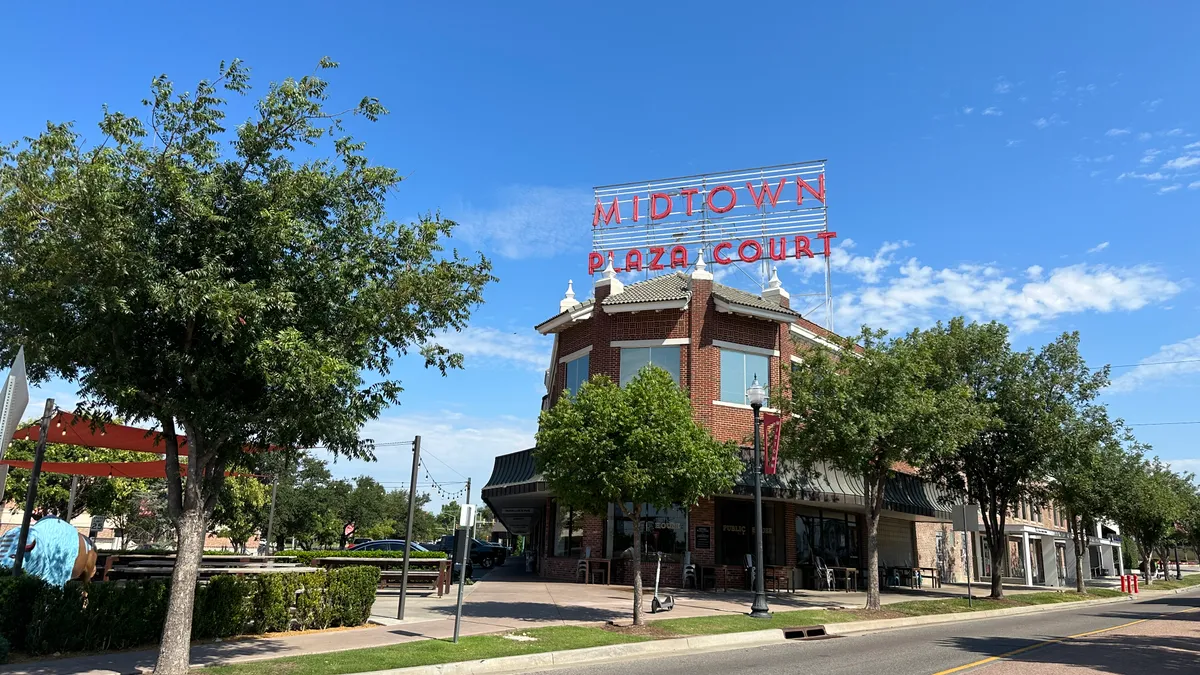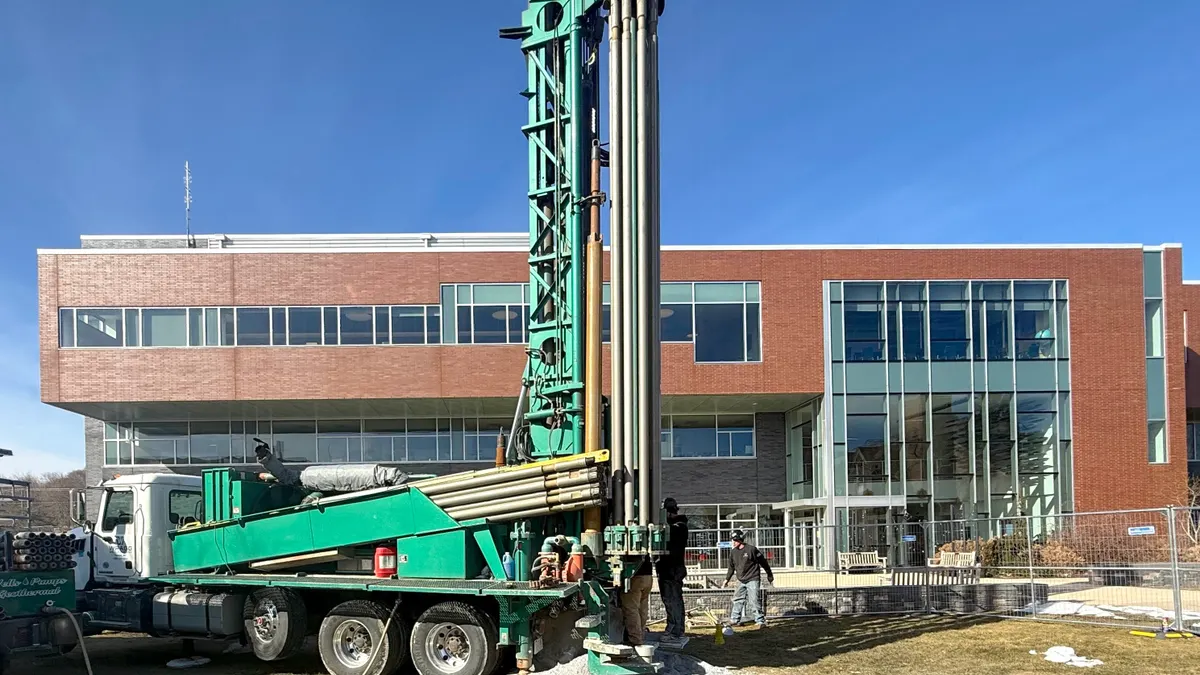Dive Brief:
- Oklahoma City earned the WELL health-safety rating for facility operations and management rating, across its portfolio of five municipal buildings, according to a press release.
- The International WELL Building Institute certification makes the city the first in Oklahoma, and third in the nation, to earn the achievement.
- Miami and Jersey City, N.J. were the two previous U.S. municipalities to earn the safety rating.
Dive Insight:
The WELL health-safety rating for facility operations and management is a third-party, evidence-based roadmap for new and existing buildings. That includes 23 strategies for driving resilience in business policies, operational plans, maintenance protocols and emergency preparedness.
The rating’s strategies focus on five main health-safety themes, including:
- Cleaning and sanitization procedures
- Emergency preparedness programs
- Health safety resources
- Air and water quality management
- Stakeholder engagement and communication
To achieve the rating, buildings or spaces must achieve 15 of these strategy features. No specific strategies are mandatory. Examples of required strategies include supporting handwashing, reducing surface contact, developing contingency plans, facilitating mental health recovery, and assessing and maintaining air treatment systems.
Oklahoma City was awarded the rating after the successful completion of its third-party documentation review. The city’s implementation strategies include improved airflow, hygienic hand-washing practices, reduction in high-touch surfaces, effective cleaning protocols and advanced stakeholder engagement.
In 2022, Miami was the first city to achieve the rating. Earlier this year, Jersey City became the second. While the health-safety rating has been awarded to a number of individual buildings and facilities, Jason Hartke, executive vice president of advocacy and policy at IWBI, the issuing body for WELL accreditation, said that these systems are more effective when implemented on a city-wide level.
“The systems and WELL in particular, are designed in a way where you can jump in and think about multiple buildings simultaneously,” Hartke told Facilities Dive. “There's more of an opportunity to do that, but there's also more of an interest to make sure that these benefits aren't just for … your city hall, that they're getting to all the other buildings.”
Hartke noted that implementing these methods across a municipality is a significant way of driving upgrade, modification and retrofit efficiencies.
“That efficiency might be one of the biggest drivers, because if you're working across a portfolio, ultimately it’s one of the most efficient and most cost effective ways to go. I think that has been a big driver,” he said. “It's about maximizing the impact, massively maximizing cost effectiveness, and I think we're dealing with systems and interventions that also are better aligned with scale.”
The International WELL Building Institute noted that in the past three years, mayors across the country have shown strong leadership to advance the role of healthy buildings. In 2020, the U.S. Conference of Mayors passed a healthy building policy resolution, focused on prioritizing indoor health and deploying a “people-first” approach to city buildings. USCM additionally passed a resolution in 2021 to increase healthy building efforts and strengthen cities against the dangers of COVID-19 and future public health crises.
"The city is now part of an exemplary group that has stepped up to demonstrate health leadership through its public buildings,” Rachel Hodgdon, president and CEO of IWBI, said in the release. “We hope Oklahoma City's WELL achievements today will reverberate across the country and inspire other cities to do the same, helping grow the movement for people-first places.”
Correction: We have updated this story to correct the title of Jason Hartke. He is executive vice president of advocacy and policy at IWBI, the issuing body for WELL accreditation.












